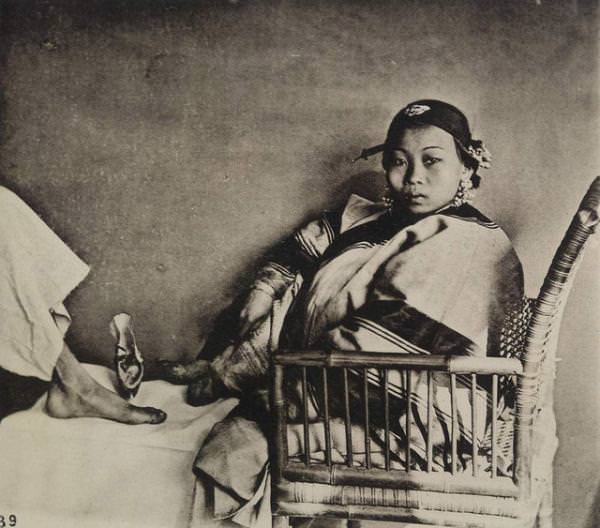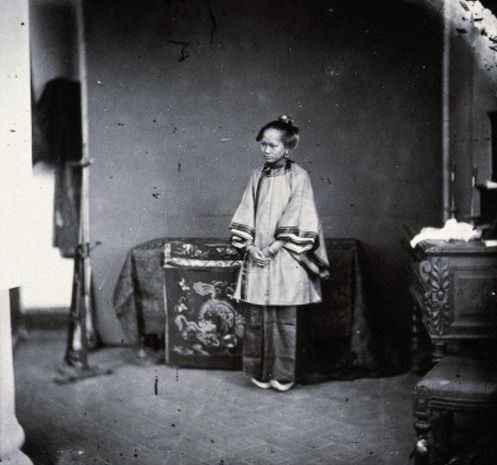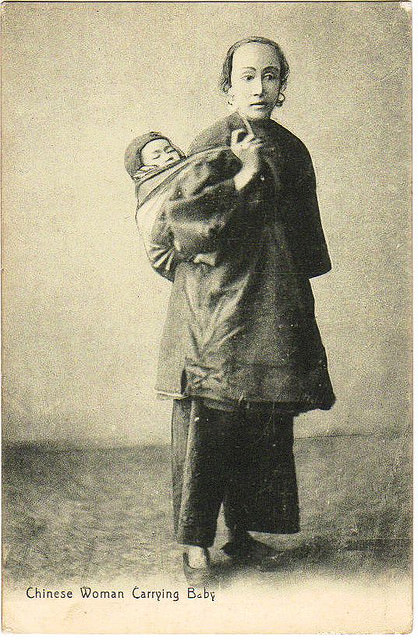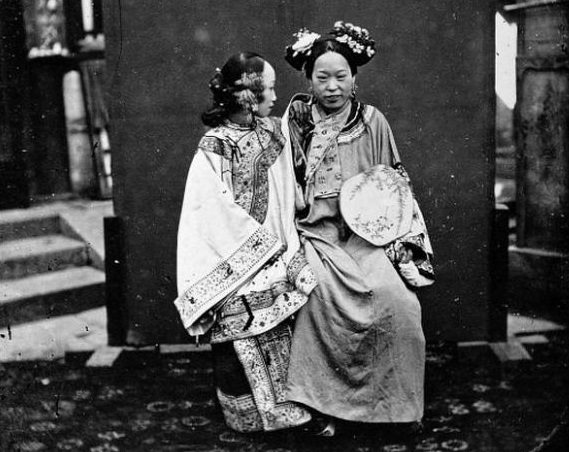The 1860s in China was a turbulent time. The Taiping Rebellion, a massive civil war, had just ended, leaving the country scarred and weakened. Western powers were encroaching, forcing trade concessions and challenging traditional ways of life. Amidst this upheaval, Chinese women navigated a society that placed strict limits on their roles and opportunities.
For many women, life revolved around the family. Confucian values emphasized obedience and subservience to men: fathers, husbands, and sons. A woman’s primary duty was to manage the household, raise children, and uphold family honor. Arranged marriages were the norm, and women had little say in choosing their partners.
Foot binding, a painful practice that broke and bound young girls’ feet to keep them small, was still prevalent. Though increasingly criticized by reformers, it remained a symbol of status and beauty for many. Bound feet limited mobility, reinforcing the idea that women’s sphere was within the home.
However, change was in the air. The Taiping Rebellion, though ultimately defeated, had challenged traditional gender roles. Taiping women fought alongside men, held positions of authority, and advocated for greater equality. While their radical ideas were suppressed, they planted seeds of change.
Read more
Missionaries, mostly from the West, were also making inroads. They established schools and hospitals, providing education and healthcare to women. While their primary aim was to spread Christianity, they also brought new ideas about women’s roles and potential.
Some women, particularly in urban areas, were beginning to challenge traditional norms. They sought education, engaged in business, and even participated in public life. A few even dared to write and publish their own works, advocating for women’s rights and education.
These pioneers faced immense challenges. They were often ridiculed and ostracized for defying societal expectations. Yet, their courage and determination paved the way for future generations of women to fight for greater freedom and equality.
Despite the limitations imposed on them, Chinese women managed households, raised families, and contributed to their communities. They found ways to express themselves through art, literature, and music. And some, with remarkable bravery, began to challenge the traditional boundaries of their world.




















